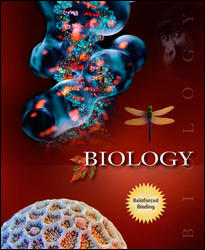 
Biology, Eighth Edition (Raven)Chapter 53:
Animal DevelopmentLearning OutcomesChapter 53
- Describe the events of each of the three stages of fertilization in advanced vertebrates.
- Compare the cleavage patterns found in primitive chordates, fish/amphibians, reptiles/birds, and mammals, include the amount of yolk found in the egg and the type of blastula that is formed.
- Describe the appearance of the blastula and indicate how gastrulation proceeds in primitive chordates, aquatic vertebrates, and reptiles/birds/mammals.
- Understand how chordate development is different from the less advanced vertebrates, especially in terms of neurulation and formation of mesodermal tissue.
- Understand the importance of neural crest formation in vertebrates and indicate the structures associated with this stage.
- Explain Haeckel’s “biogenic law,” ontogeny recapitulates phylogeny.
- Understand the importance of extraembryonic membranes in terrestrial vertebrate development.
- Describe the characteristic events of each month of the first trimester of human pregnancy.
- Compare the initiation of birth in humans to that of most other mammals.
- Describe the characteristic events of the second and third trimesters of human pregnancy.
- Explain how early postnatal growth differs in human and nonhuman vertebrates and understand the factors that affect brain growth and development.
 |  |
|





